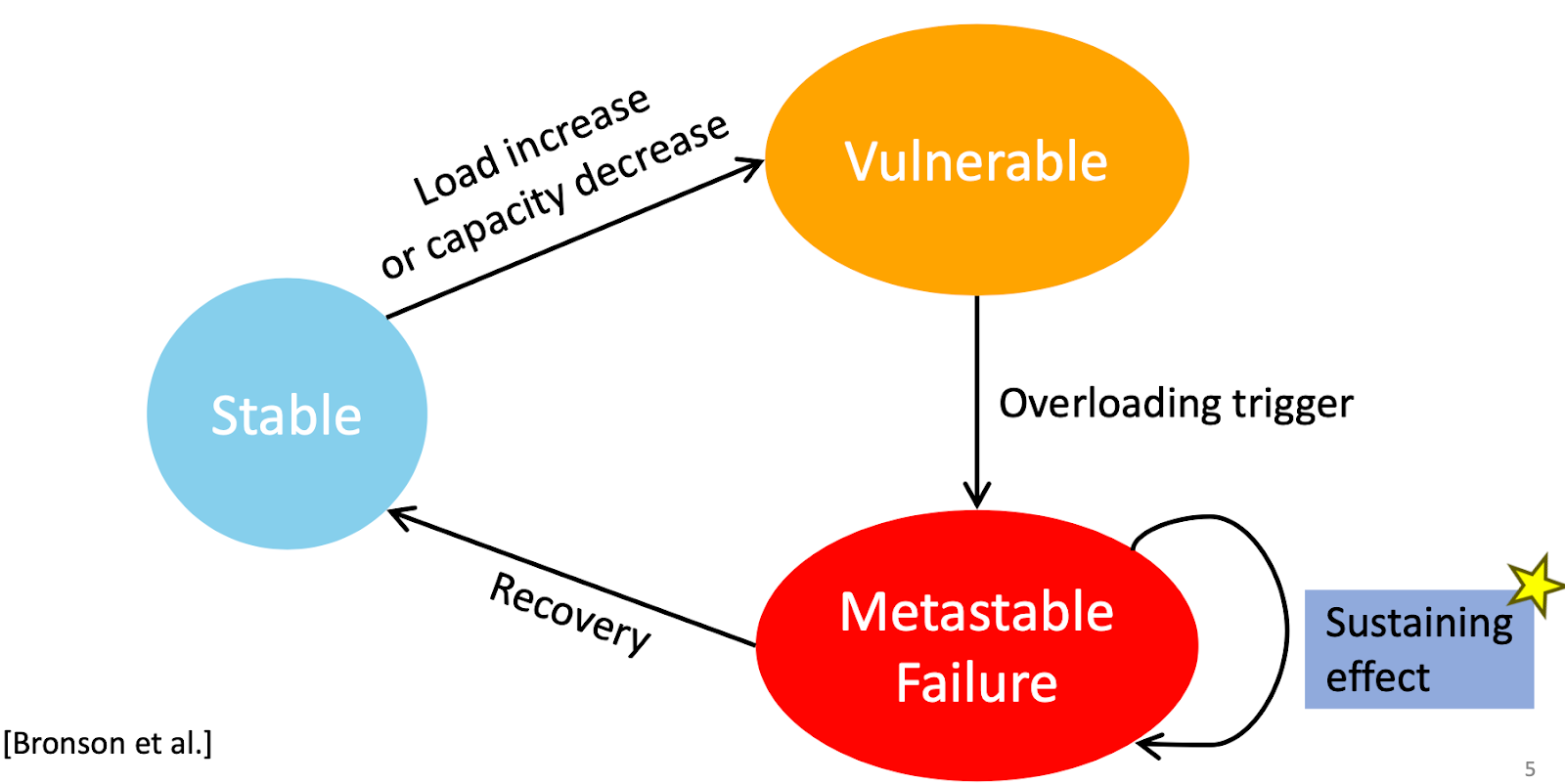Online migration for geodistributed storage systems, Usenix ATC 2011

This paper investigates the problem of migrating data between data centers. Data needs to be moved from one center to another based on the access patterns, for example, the user may have moved from East to West coast. The problem is complicated by the large size of data that needs to be moved, the requirement to perform the migration online without blocking access to any part of the data from anywhere, and finally that the data can be accessed/modified concurrently in different locations. To address this problem, the paper proposes an overlay abstraction. The goal of the abstraction is to implement migration as a service, so that the developer does not have to deal with the race conditions that may result while migrating data in ad hoc ways. The analogy of overlay is a sheet of transparencies. Remember the old days before powerpoint? The presenters used to print the slides on transparencies, and do animation by overlaying one transparency over another. The overlay idea is similar. &qu





